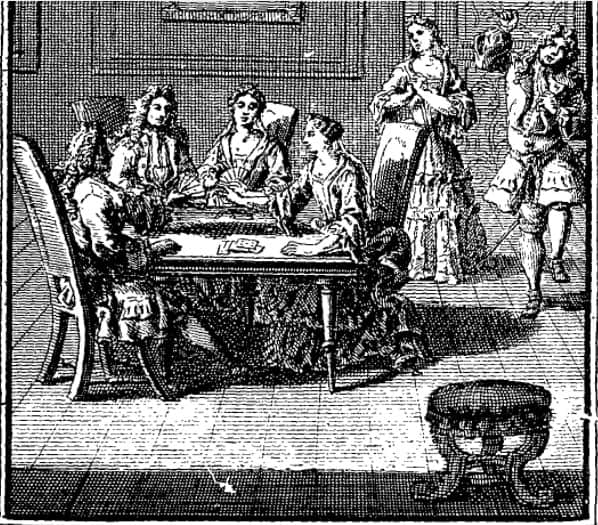By Daniel Mercieca, Gale Ambassador at Durham University
‘Since t’is the intent and business of the stage,
To copy out the follies of the age
To hold to every man a glass,
And show him of what species he’s an ass’.[1]
– John Vanbrugh
The sharp, epigrammatic wit of John Vanbrugh’s preface to The Provoked Wife (1697), reflects the theatricality of eighteenth-century audiences and exposes the wider hypocrisy of the ‘Public Sphere’[2]. After the Restoration of Charles II, the New Printing Act (1662) led to a watershed of publishing and print culture in Britain[3]; a society in which political sentiments and private identities bled into each other. The torrent of periodicals, pamphlets and magazines circulated gossip and popular opinion, cultivating a highly self-conscious and extravagant nation.

